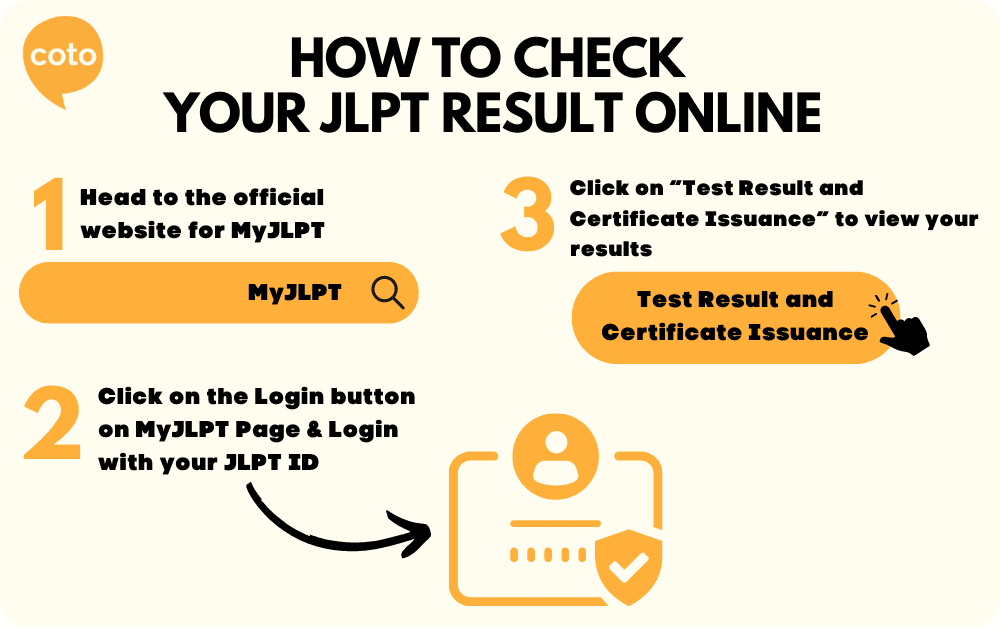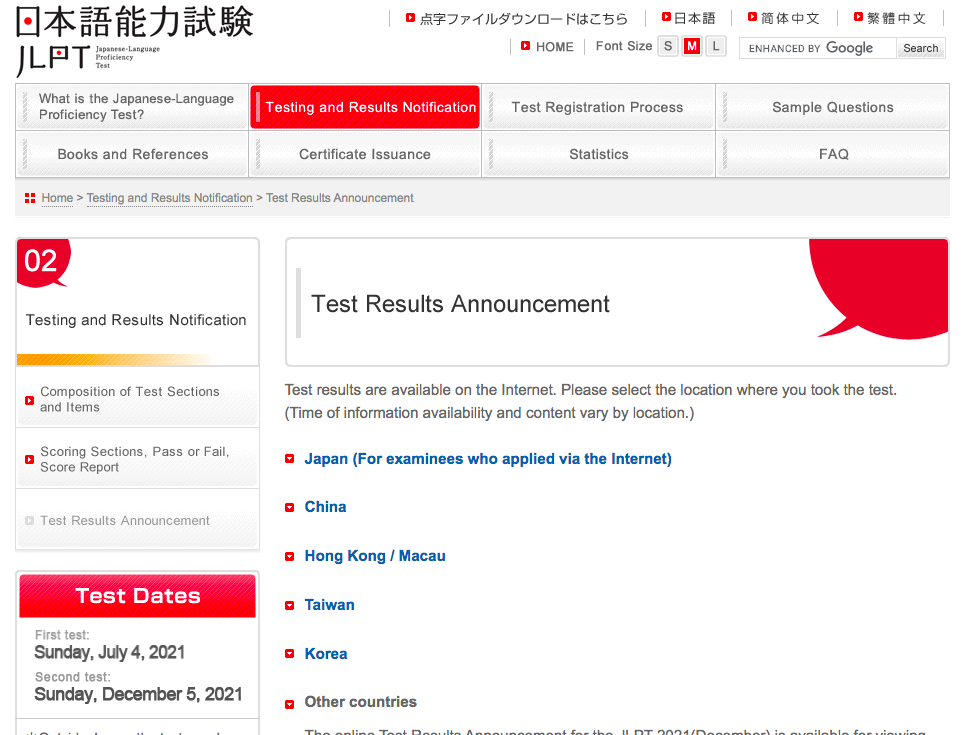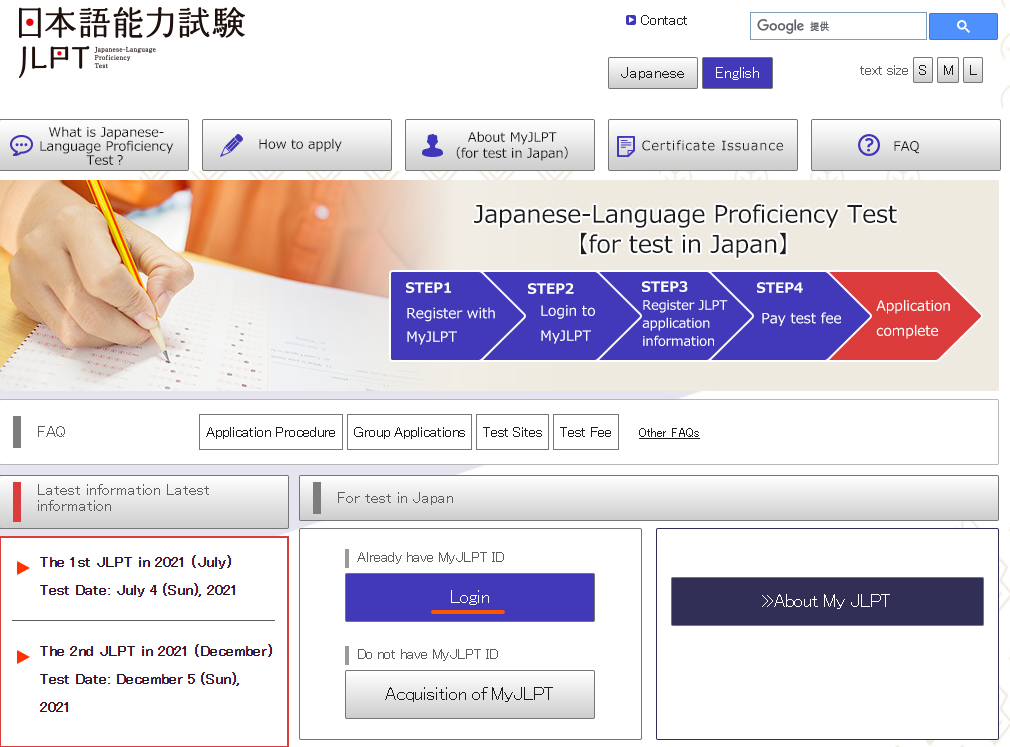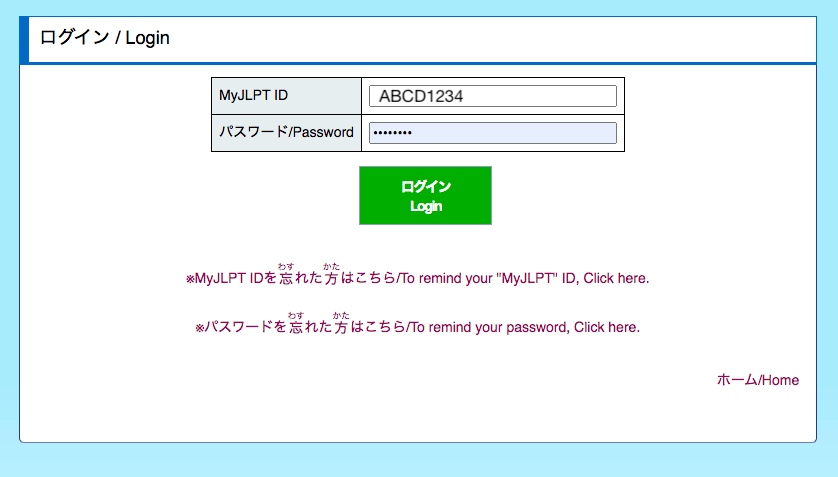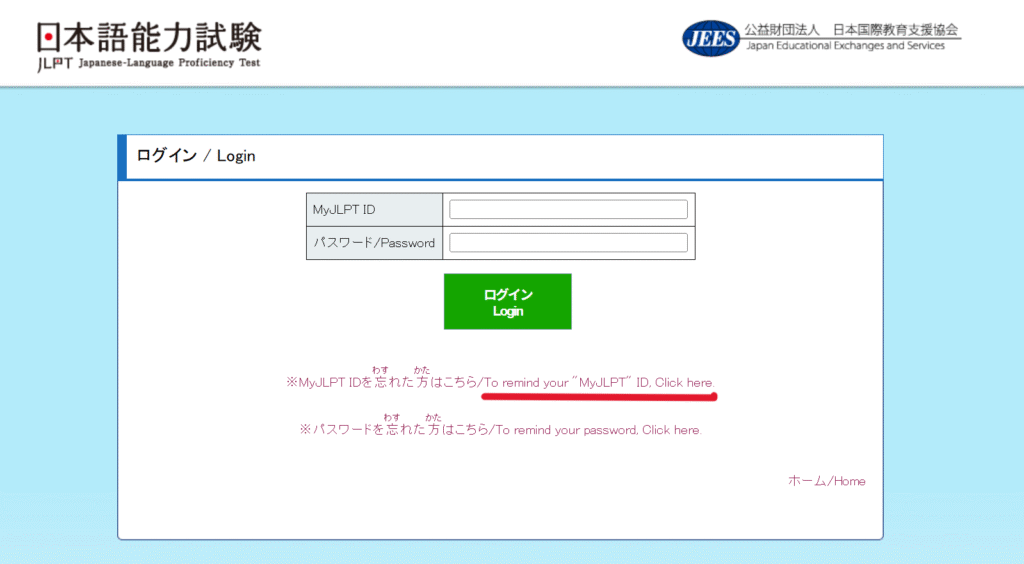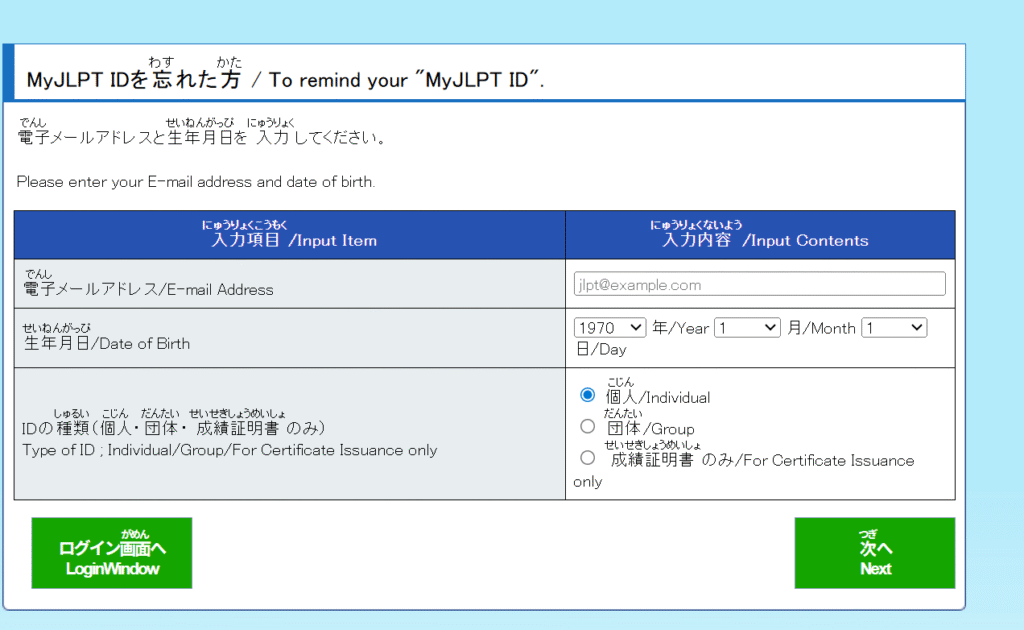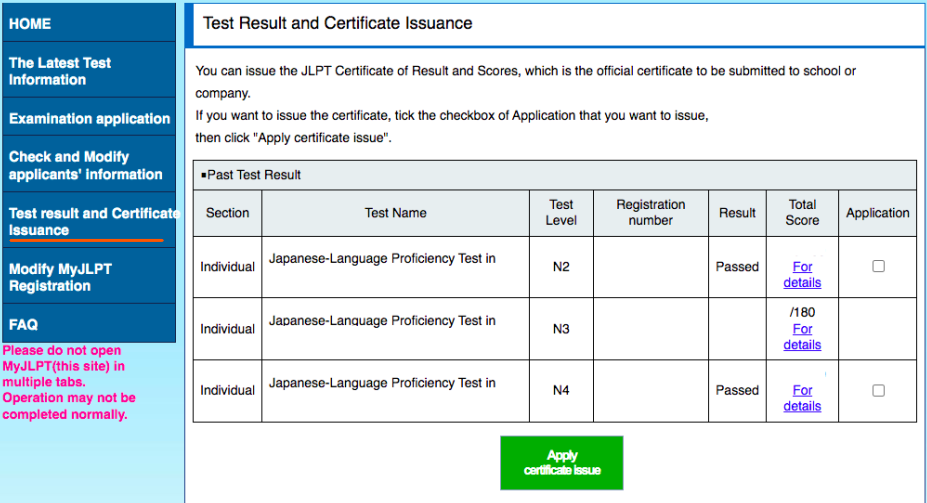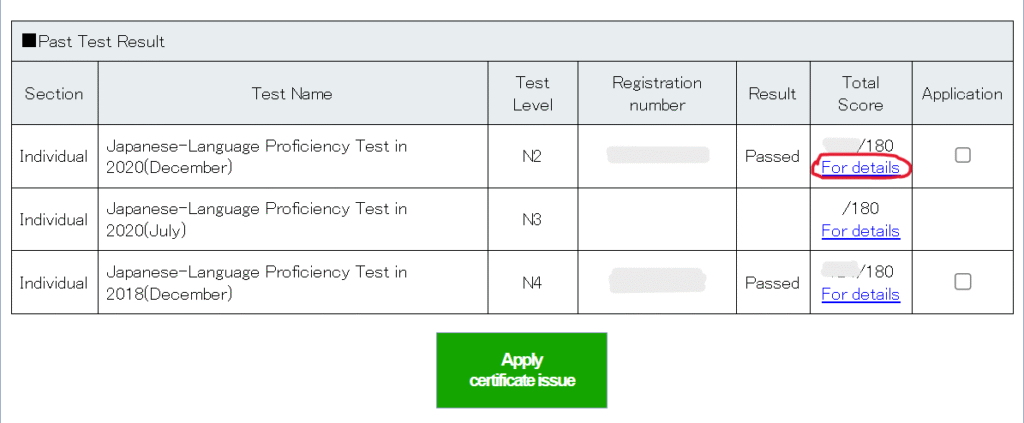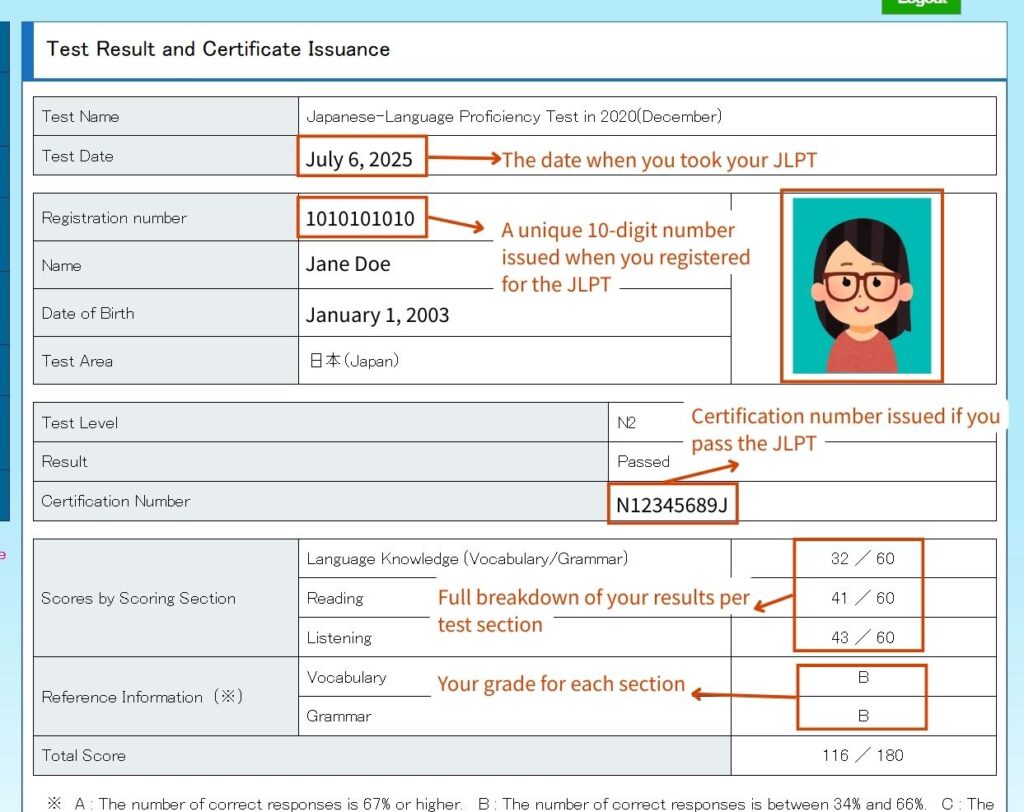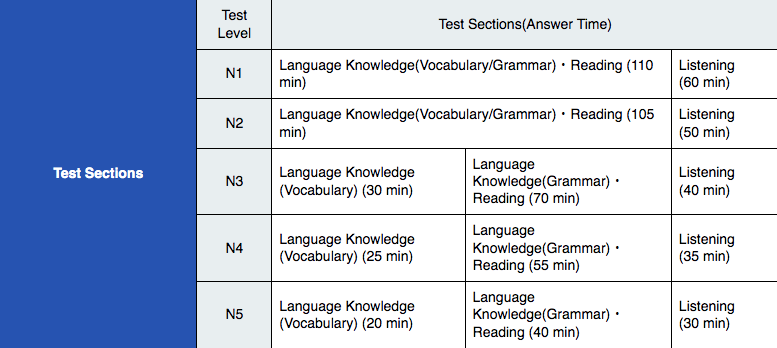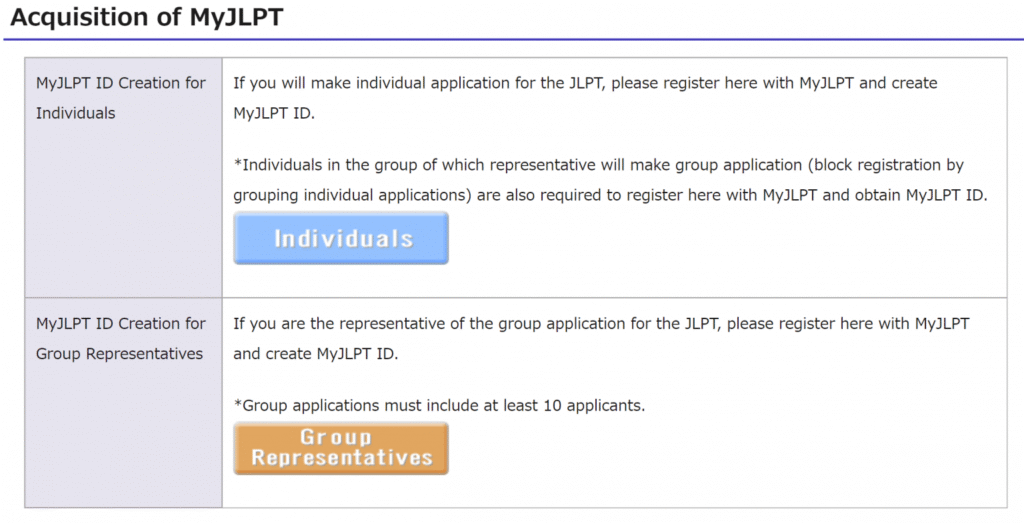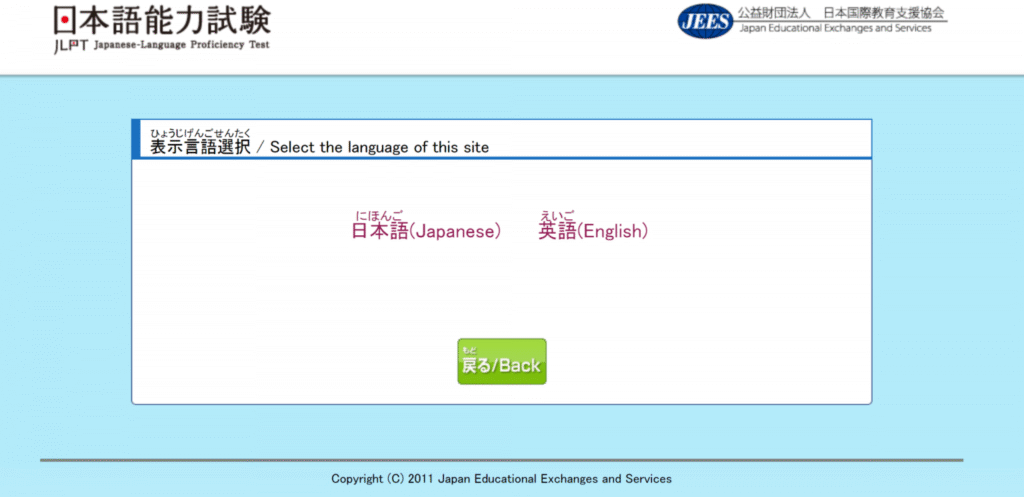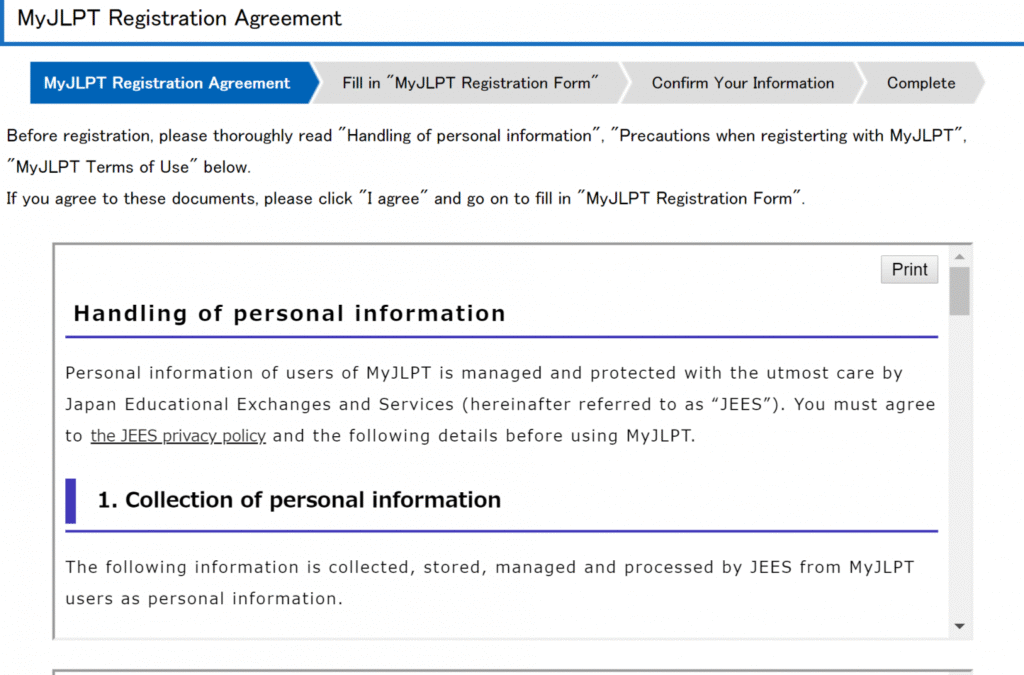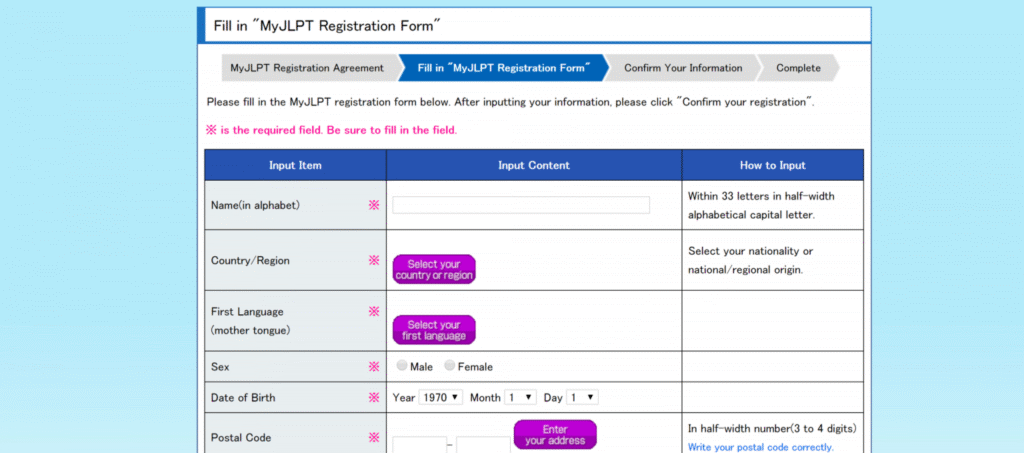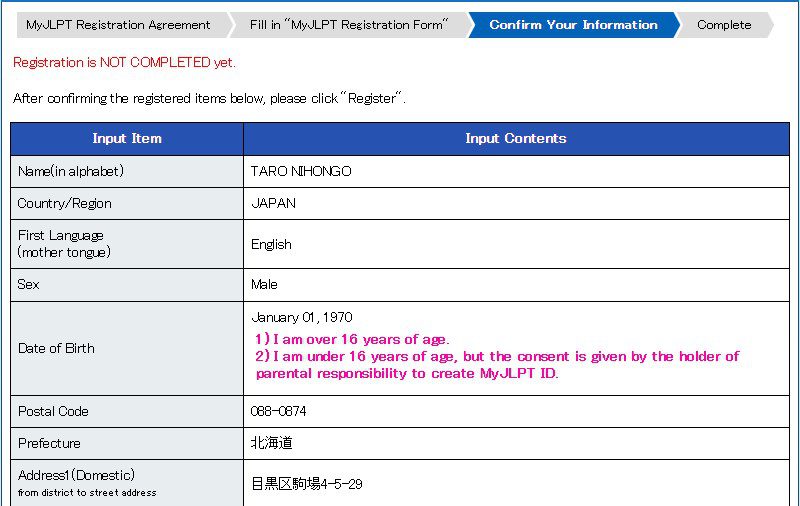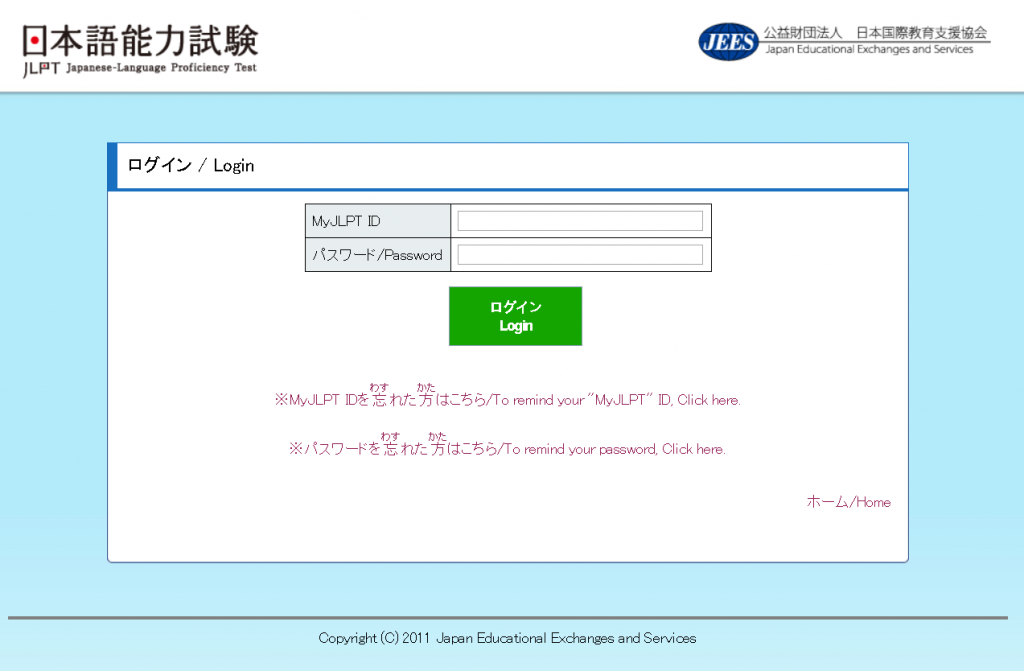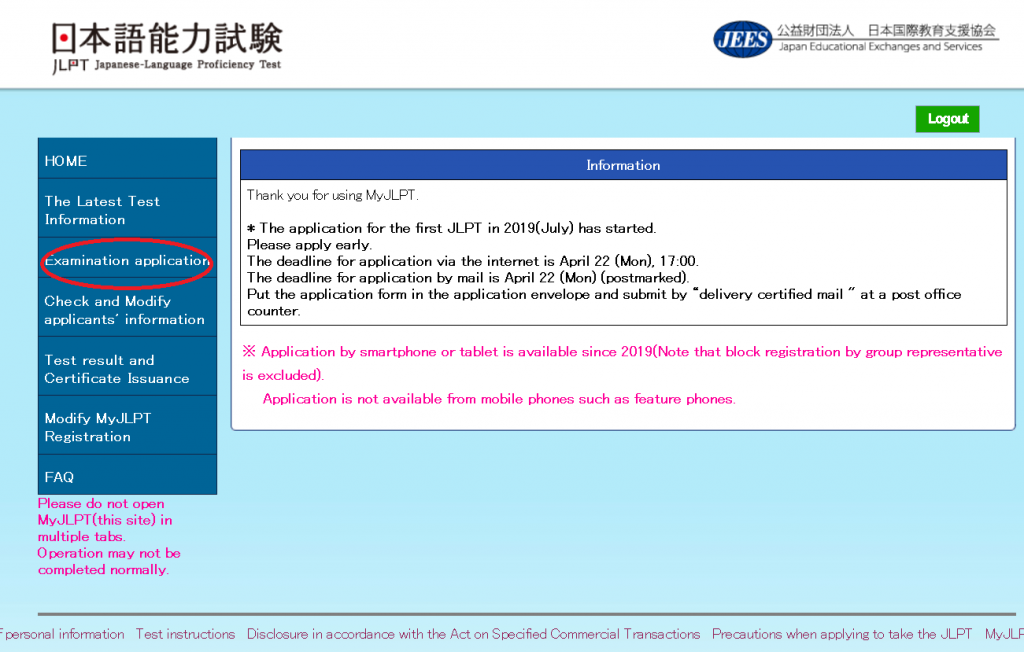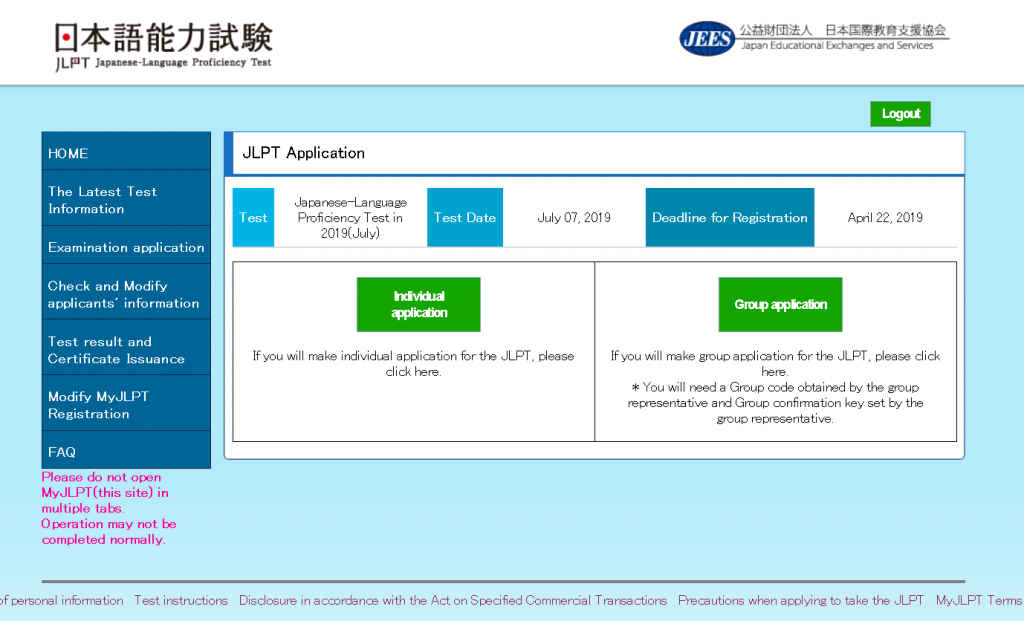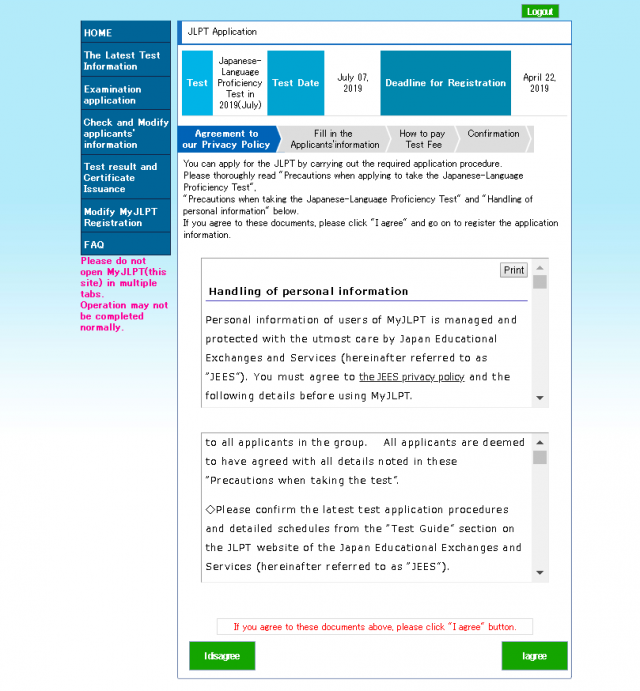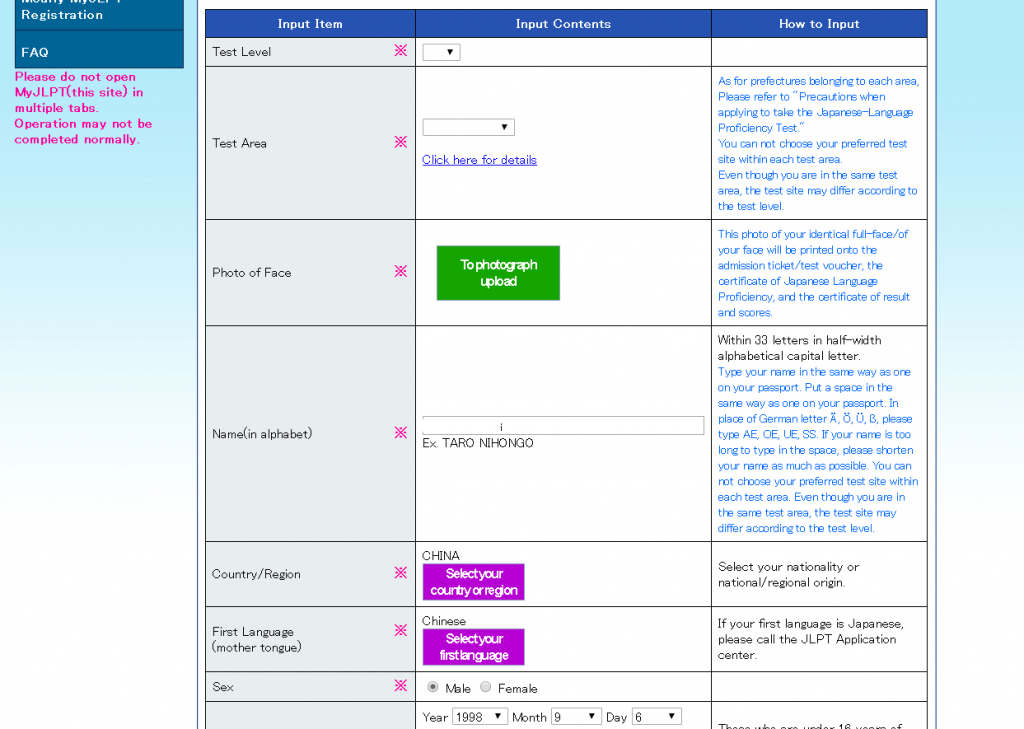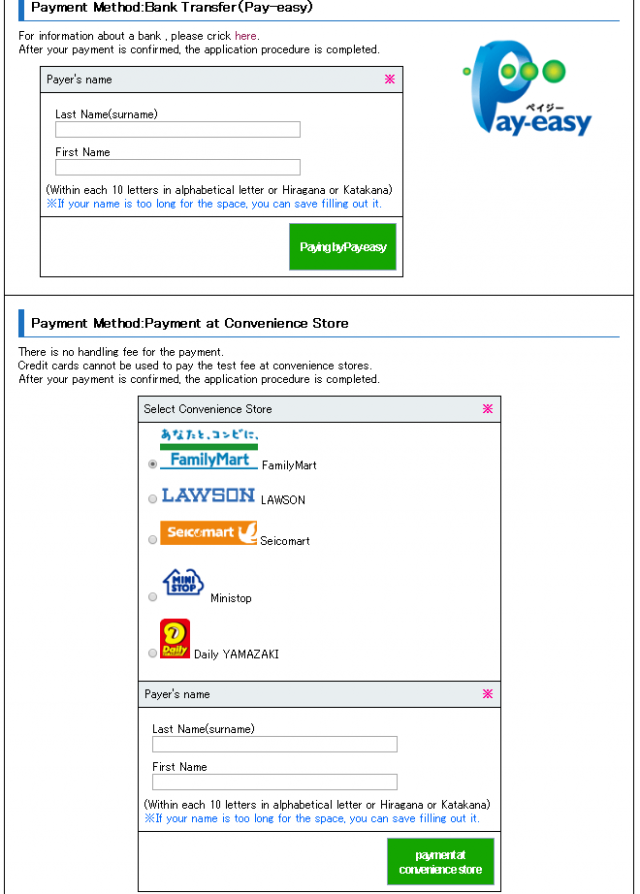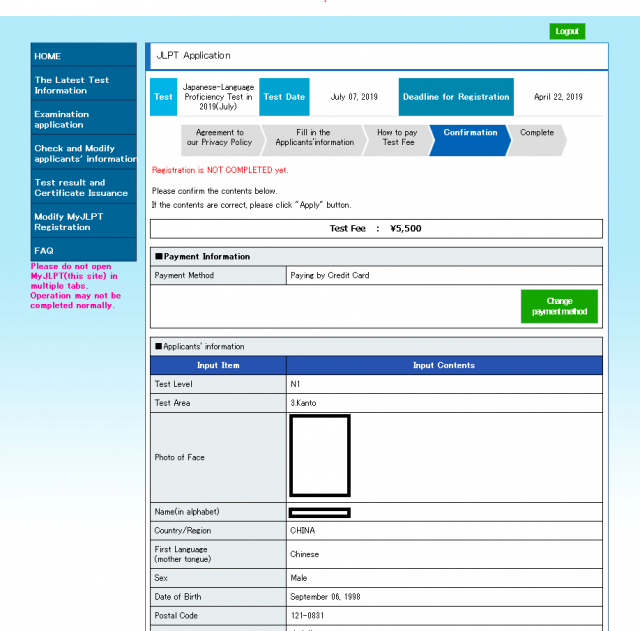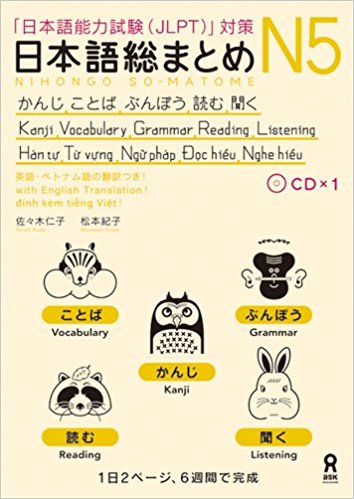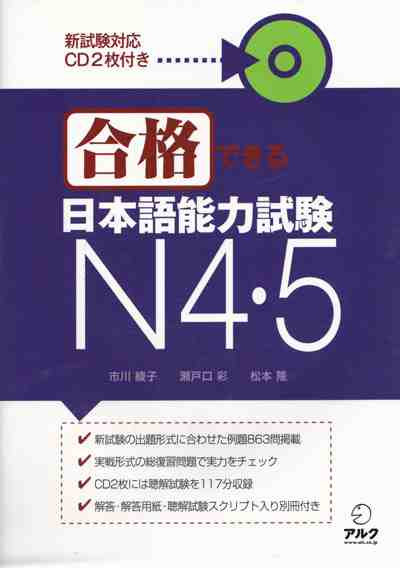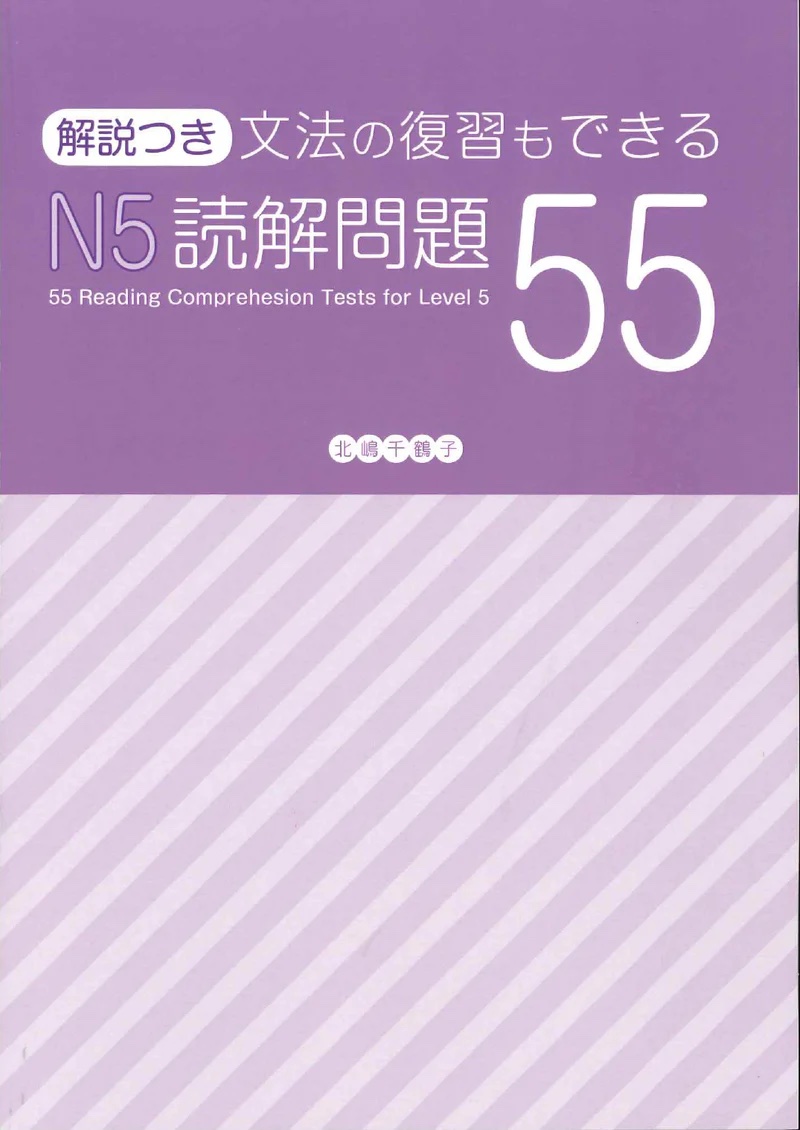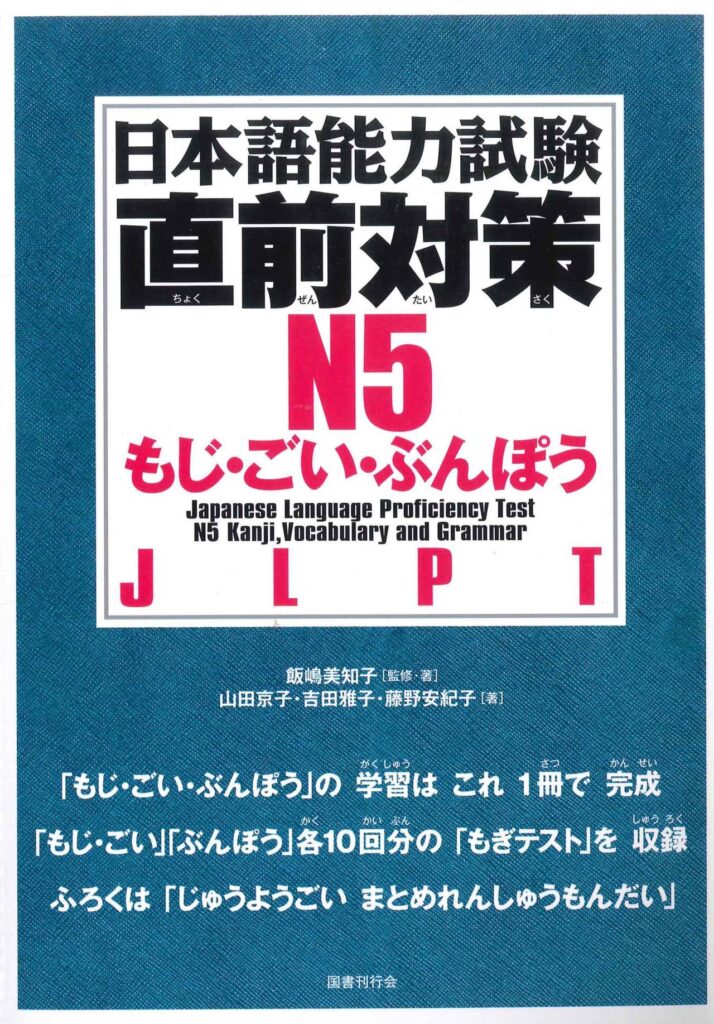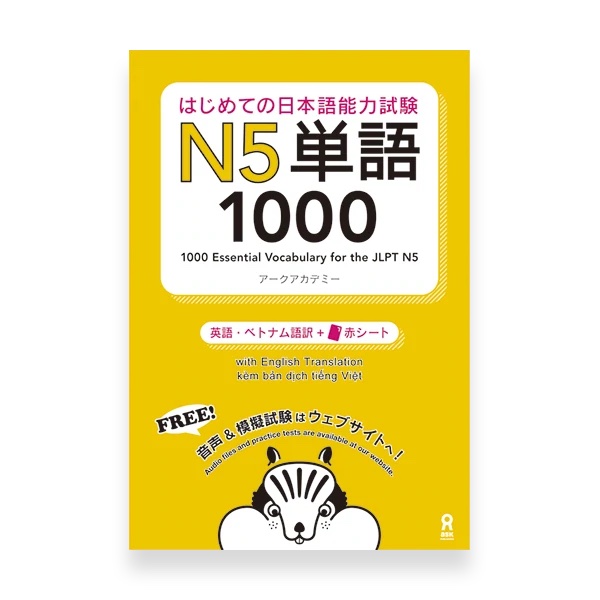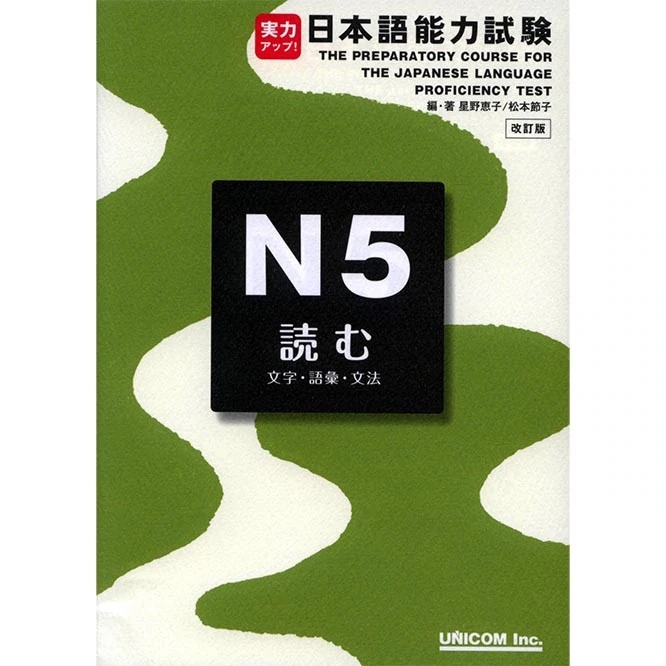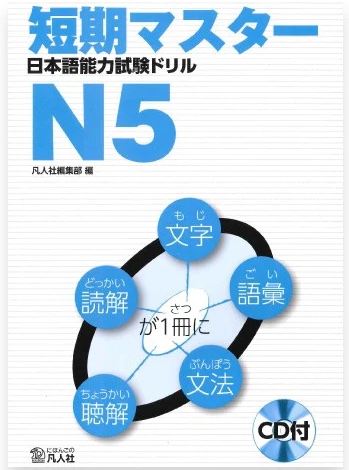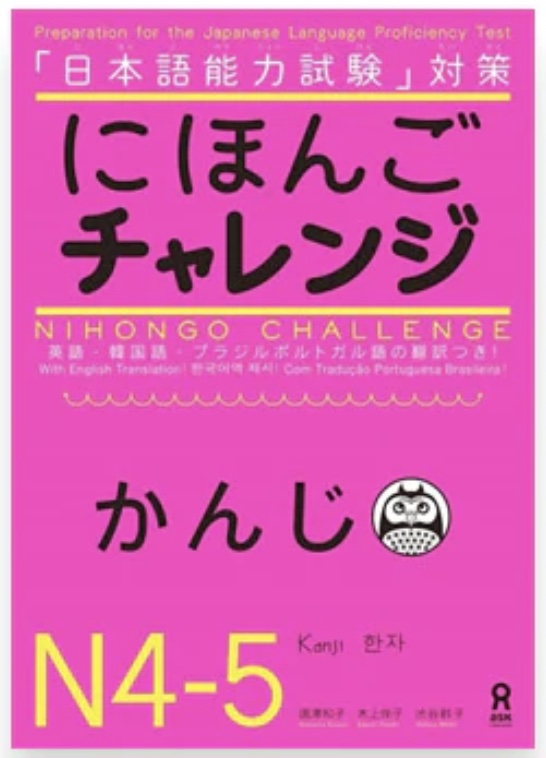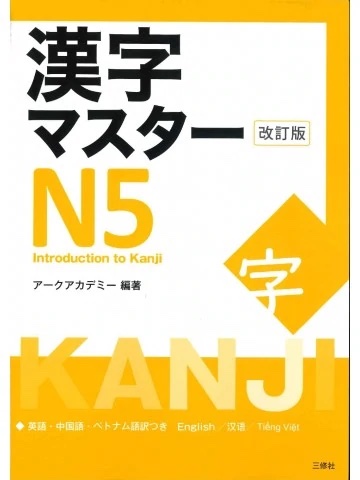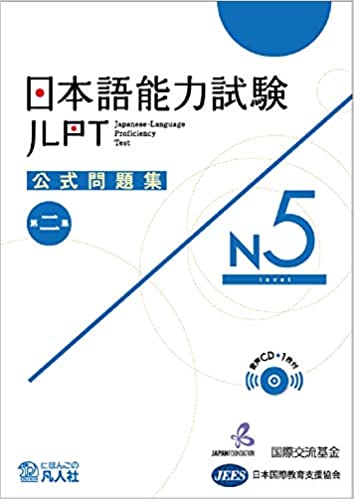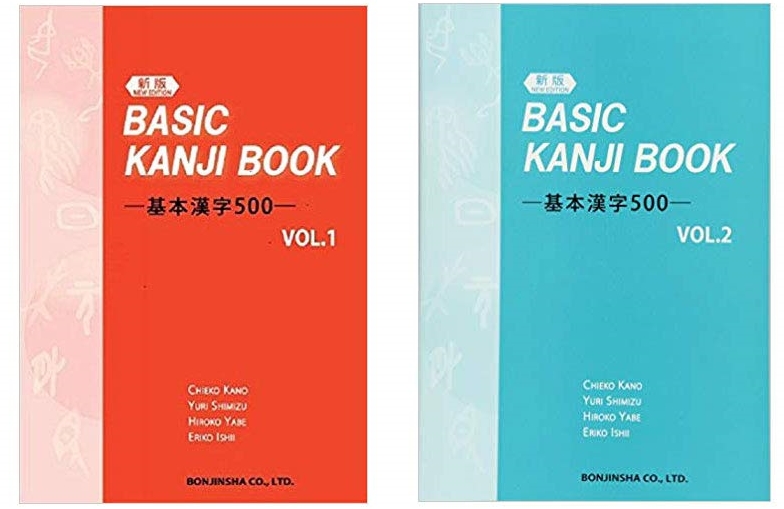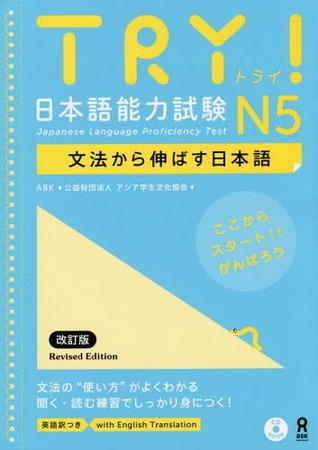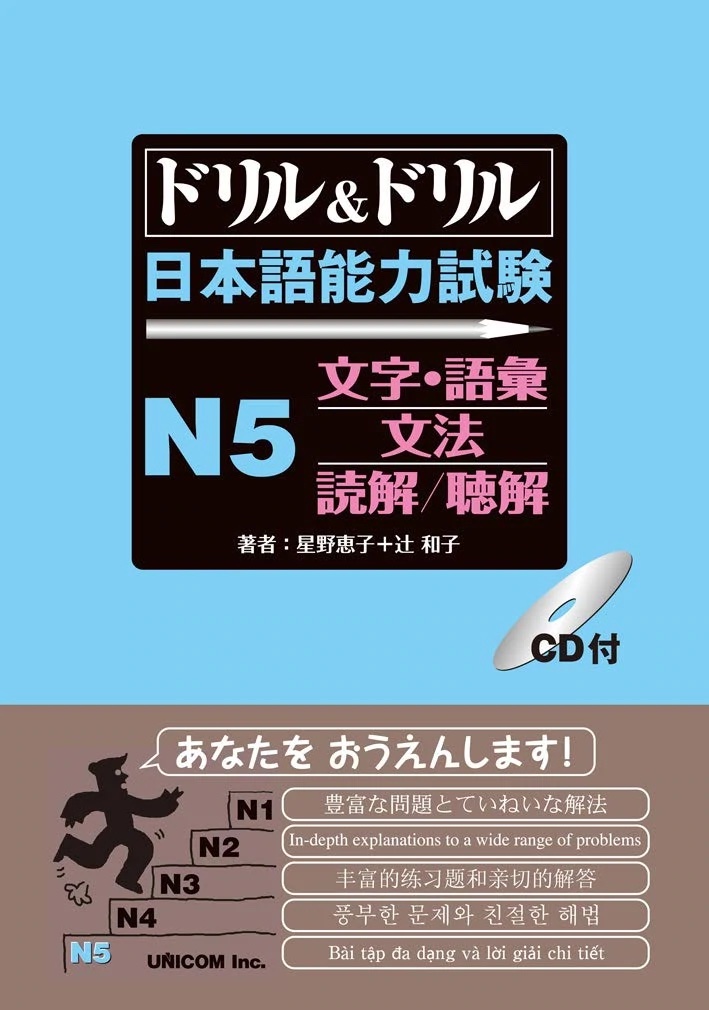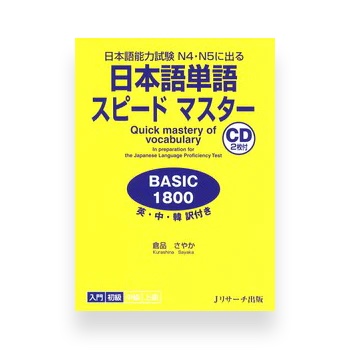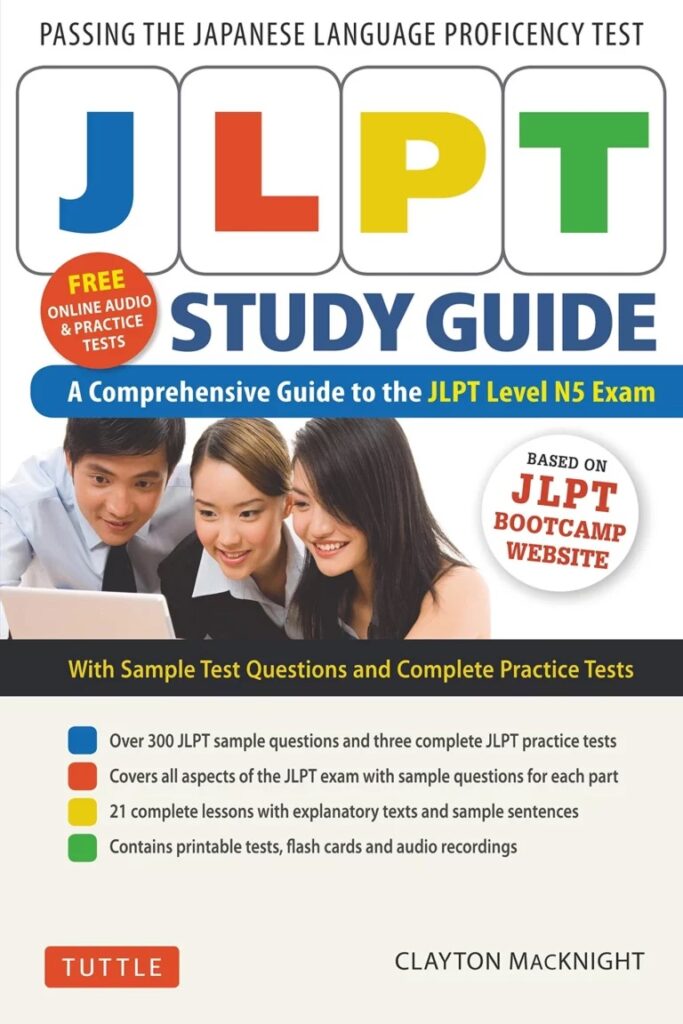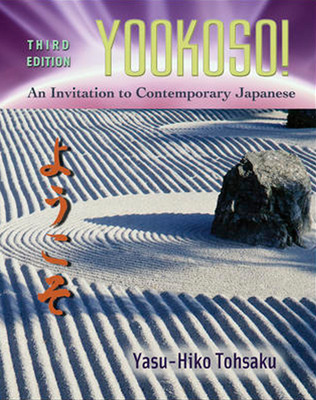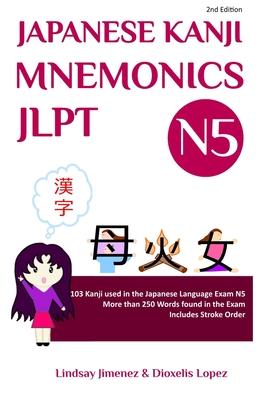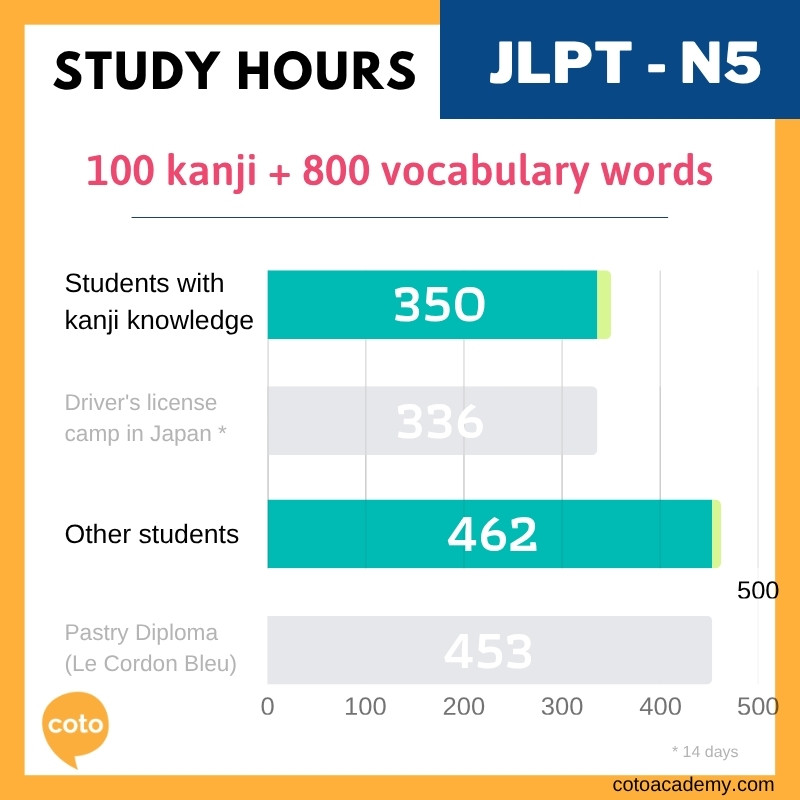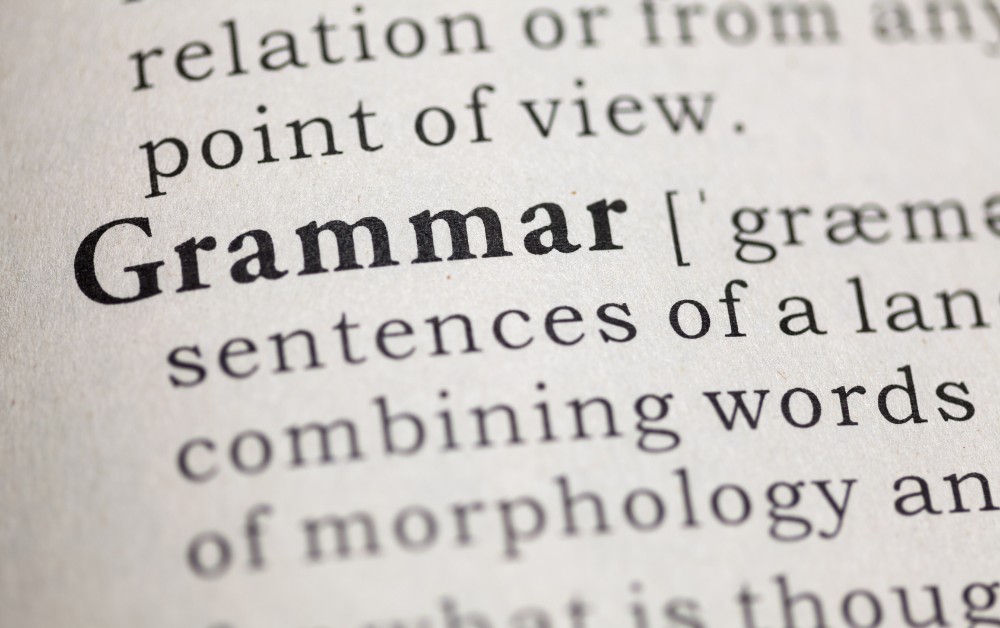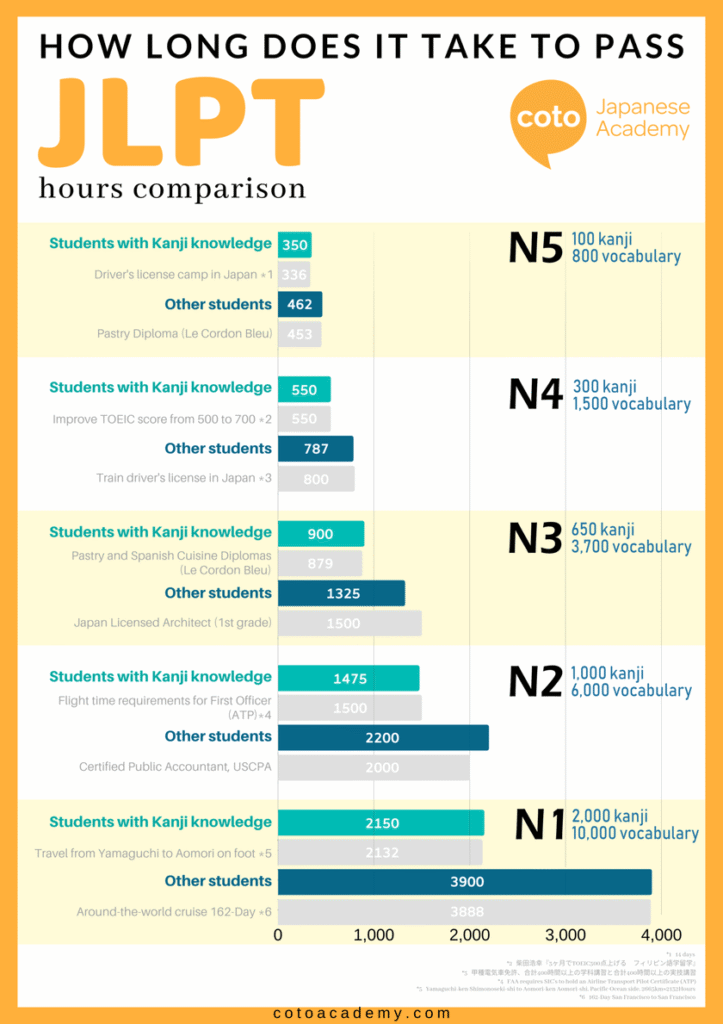For Japanese learners, a significant milestone to aim for is the JLPT N5 exam, which evaluates basic proficiency in the language. But whether you’re taking the test or not, you’ll come across JLPT N5 grammar points either way, especially during the first year of your study, as it covers the very basic foundation of the Japanese language.
Although mastering these 30 grammar points alone won’t make you speak Japanese like a native, they are incredibly common and widely used in everyday conversations regardless of your fluency. So, let’s delve into some essential JLPT N5 grammar points that are crucial to know!
Study the JLPT Smarter with Coto Academy!
Getting ready for the JLPT? Boost your chances of passing with Coto Academy’s JLPT Prep Course — designed for busy learners. With just 3 focused hours per week, you’ll turn your current Japanese skills into real test results in 3 months.

1. だ/です (da/desu)
This is the most basic grammar point that you’ll learn right after hiragana and katakana.
In Japanese, “da” (だ) and “desu” (です) are both copula verbs used for different levels of politeness and formality that make up the very basic sentence pattern. They serve as the equivalent of the English verb “to be” and are used to make statements or descriptions about nouns or noun phrases.
“Da” is the informal form of the copula verb and is commonly used in casual conversations or when speaking with close friends and family. It is often used in plain sentences or in informal situations. For example:
これはペンだ。
Kore wa pen da.
This is a pen.
“Desu” is the polite form, and it’s widely used in formal situations, polite conversations — or when addressing people you are not familiar with. For example:
彼は学生です。
Kare wa gakusei desu.
He is a student.
You can conjugate だ/です (da/desu) into negative, past tense, and past-negative forms that are similar to the English language.
| Present | Negative | Past tense | Past negative |
|---|---|---|---|
| です | じゃありません/ではありません | でした | ではありませんでした/じゃありませんでした |
| だ | じゃない/ではない | だった | じゃなかった/ではなかった |

2. にいます/あります (ni imasu/arimasu)
For basic Japanese grammar rules, に (ni) is used as a general preposition that means “in” in English to indicate the location of a person or object. If you are just starting to learn the language, the sentence structure you should first be learning is below:
Subject + Location + に + います/あります
(Subject) is in (Location)
います and あります are both Japanese verbs used to indicate the existence or presence of animate and inanimate objects, respectively. あります is used for inanimate objects or things, while います is used for animate objects or people.

3. に/へ (ni/e)
In Japanese, both “に” (ni) and “へ” (e) are particles used to indicate direction or destination. While they can be translated as “to” or “towards” in English, they have slight differences in usage.
“へ” is a particle that describes a direction, while に is used to indicate the specific destination or target of an action. The basic structure for the N5 grammar point is below:
Subject + Location + へ + Verb
For example:
学校に行きます。
Gakkou ni ikimasu.
I am going to school.
公園へ行きます。
Kouen e ikimasu.
I am going to the park.
Of course, there are a lot of verbs you need to memorize to hold simple conversations with. aJapanese native. Check out our top 100 basic Japanese verbs here.

4. も (mo)
In Japanese grammar, the particle “も” (mo) is a versatile particle that has multiple uses and can be translated into English as “also,” “too,” or “even.”
For beginner and N5-level Japanese grammar, the “も” (mo) particle replaces the topic maker は (ha). For example:
彼も学生です。
Kare mo gakusei desu.
He is also a student.
“も” (mo) can also emphasize a surprising or unexpected inclusion. It is used to express that the described action or situation is true even for the specific item or person mentioned.
彼は日本語を話すこともできます。
Kare wa nihongo o hanasu koto mo dekimasu.
He can even speak Japanese.
For a more comprehensive guide on basic Japanese particles and their functions, head here.

5. ~があります (ga arimasu)/~がいます (ga imasu)
The phrase “~があります” (“ga arimasu”) is used in Japanese to indicate the existence or presence of something. It is typically used with inanimate objects or non-living things.
つくえの上に本があります。
Tsukue no ue ni hon ga arimasu.
There is a book on the table.
On the other hand, “~がいます” (“ga imasu”) is used in Japanese to indicate the existence or presence of animate objects or living beings. It can also be used to express the idea of someone or something “having” or “possessing” a certain characteristic or quality. For example:
猫がいます。
Neko ga imasu.
There is a cat or (I) have a cat.

6. だけ (Dake)
“Dake” (だけ) is a particle that is used to indicate “only” or “just.” It is used to specify a limited quantity or extent of something. “Dake” is placed after a noun or a quantity expression to indicate that there is no more than that amount or that it is the maximum.
Adjective/noun + だけ
Here are a few examples to illustrate the usage of “dake” in JLPT N5 Japanese grammar:
このチケットは子供だけ無料です。
Kono chiketto wa kodomo dake muryou desu.
This ticket is free for children only.
彼女は日本語だけでコミュニケーションができます。
Kanojo wa nihongo dake de komyunikēshon ga dekimasu.
She can communicate only in Japanese.

7. ~ませんか (~masenka)
For inviting someone or suggesting something, you can use the phrase “~ませんか” (“masen ka”). It is formed by adding the negative form of a verb and then attaching “か” at the end. It is commonly translated as “won’t you” or “shall we” in English.
一緒に映画を見ませんか?
Goissho ni eiga o mimasen ka?
Would you like to watch a movie together?

8. ~ましょう (mashou)
“ましょう” (mashou) is a volitional form commonly used to make suggestions or propose an action. It can be translated as “let’s” or “shall we” in English. You’ll use this when you want to suggest your friends or the other speaker do something — just remember that it has to be a verb!
To conjugate a verb into this form, you simply remove the ます and add ましょう:
Verb ます + ましょう
映画を見ましょう。
Eiga o mimashou.
Let’s watch a movie.

9. ~ましょうか (mashouka)
“ましょうか” (mashouka) is a polite form derived from “ましょう” (mashou) by adding the question particle “か” (ka) at the end. It is used to make a polite invitation or ask for the other person’s agreement.
It has a similar meaning as ~ませんか (masenka), but it has a more direct nuance. Think of ~ましょうか as “Shall we?”, and ~ませんか as “Won’t you?”

10. ~てください (te kudasai)
ください is used when you want to get something from the other speaker or party. In English, we can translate it to “Please give me (this).”
To form ~てください, you will need to know how to conjugate Japanese verbs into ~te (~て). There are three different conjugation groups, with some irregular verbs that have exceptions to the て form rules. If you haven’t learned them already, we’ve made a separate blog post on how to transform a verb into a ~te verb, complete with handy illustrated cards
ちょっとまってください。
Chotto matte kudasai.
Please wait a moment.
Check out: 20 Japanese N5 Textbooks to Ace JLPT 2022

11. ないでください (naide kudasai)
In Japanese N5 grammar, “ないでください” (“naide kudasai”) is a phrase used to make a negative request or ask someone not to do something. It is formed by combining the negative form of a verb and then adding “でください” (“de kudasai”) at the end.
Verb ない form + でください
For example:
迷惑しないでください。
Meiwaku shinaide kudasai.
Please don’t be a nuisance to others.

12. ~てはいけません (te wa ikemasen)
The phrase “~てはいけません” (“te wa ikemasen”) is used in Japanese to express prohibition or to indicate that an action is not allowed. It is formed by taking the te-form of a verb and adding “はいけません” (“wa ikemasen”) at the end.
The structure of “~てはいけません” is as follows:
[Verb in te-form] + はいけません
For example:
入口から出てはいけません。
Iriguchi kara dete wa ikemasen.
You must not exit from the entrance.
Important: “~てはいけません” (“te wa ikemasen”) and “~ないでください” (“naide kudasai”) have similar meanings in that they both express prohibition or a request to refrain from doing something. However, there is a slight difference in tone and usage between the two. ~てはいけません emphasizes a strict prohibition or rule, while ~ないでください is a polite request to refrain from doing something.

13. ~てもいいです (te mo ii desu)
The phrase “~てもいいです” (“te mo ii desu”) is used in Japanese to express permission or give someone the option to do something. It is formed by taking the te-form of a verb or an adjective and adding “もいいです” (“mo ii desu”) at the end.
The structure of “~てもいいです” is as follows:
| Form | Example (Japanse) | English |
|---|---|---|
| Verb て-formもいいです | 食べてもいい | Tabete mo ii |
| い-adjective + いくてもいいです | 赤くてもいい | Akakute mo ii |
| な-adjectve + でもいいです | きれいでもいい | Kirei de mo ii |
You can also ask for permission with this grammar structure by adding a か in the end to indicate a question.
店で食べてもいいですか?
Mise de tabete mo ii desu ka?
Can I eat in the store?

14. から (kara)
“Kara” (から) is a conjunction in Japanese that is used to indicate a cause or reason. It is often translated as “because” or “since” in English.
| Verb | から |
| い-adjective | から |
| な-adjectve + だ | から |
| Noun + だ | から |
It’s important to note that “kara” expresses a cause-and-effect relationship and focuses on the reason or cause preceding the resulting action or situation.
雨が降ったから、外出をキャンセルしました。
Ame ga futta kara, gaishutsu o kyanseru shimashita.
Because it is raining, we cancel our (plans) to go out.

15. ~ている (te iru)
“Te iru” (ている) is a verb conjugation in Japanese that indicates the progressive or continuous aspect. It is commonly used to describe ongoing actions or states. In English, this would be a present (or past) continuous tense marked by verb-ing. You can also conjugate it to past, negative and past-negative tense.
| Conjugation | Meaning |
|---|---|
| Verb -いる | Is doing |
| いない | Is not doing |
| いった | Was doing |
| いなかった | Wasn’t doing |
私は勉強しています。
Watashi wa benkyou shite imasu.
I am learning.

16. ~にいく (ni iku)
“~にいく” (~ni iku) is a commonly used phrase in Japanese that means “to go to” or “to go towards.” It is formed by combining the particle “に” (ni), indicating the direction or destination, with the verb “いく” (iku), meaning “to go.”
| Verb |
In Japanese, the combination of a verb followed by “にいく” (ni iku) indicates the action of going somewhere to perform that verb’s action. It expresses the movement or direction toward a specific location for the purpose of engaging in the described action.
クラスの前に食べに行きましょうか?
Kurasu no mae ni tabe ni ikimashouka?
Before class, should we go out to eat?

17. ~てから (te kara)
“~てから” (te kara) is a Japanese grammar construction used to indicate the sequence of events or actions. It signifies that one action takes place after another action has been completed. For example:
手を洗ってから食事をします。
Te o aratte kara shokuji o shimasu.
After you wash your hands, we eat.

18. ~のがじょうずです/~のがへたです (no ga jouzu desu/ no ga heta desu)
The phrase “~のがじょうずです” (no ga jouzu desu) and “~のがへたです” (no ga heta desu) are used in Japanese to express proficiency or lack of proficiency in a particular skill or activity. Let’s break it down:
| Verb/Activity + のが (no ga) | + じょうずです (jouzu desu) | Indicates proficiency or skillfulness. |
| Verb/Activity + のが (no ga) | + へたです (heta desu) | Indicates lack of proficiency or being unskilled. |
In both cases, the structure starts with the verb or activity in its dictionary form, followed by “のが” (no ga), which acts as a nominalizer, turning the verb or activity into a noun. Then, it is followed by either “じょうずです” (jouzu desu) or “へたです” (heta desu).
This sentence structure is particularly handy when you are talking about your hobbies and interests in Japanese. Take a look at a few examples below!
日本語を書くのがじょうずです。
Nihongo o kaku no ga jouzu desu.
I am good at writing in Japanese.
歌うのがへたです。
Utau no ga heta desu.
I am bad at singing.

19. ~のほうが~より (~no hou ga ~ yori)
Imagine you have two options or things to compare, and you want to express a preference or make a comparison. That’s where “~のほうが~より” (no hou ga ~ yori) comes in! It’s a JLPT N5 grammar that helps you highlight one option over another. The structure will look like this:
(Option A) + のほうが + Option B + より (yori) + Adjective
Let’s take a look at an example using this JLPT N5 grammar!
この映画とあのドラマ、どちらが面白いと思う?
Kono eiga to ano dorama, dochira ga omoshiroi to omou?
Which do you think is more interesting, this movie or that drama?
僕はこの映画のほうがあのドラマより面白いと思うよ!
Boku wa kono eiga no hou ga ano dorama yori omoshiroi to omou yo!)
I think this movie is more interesting than that drama!

20. ~のなかで~がいちばん~ (~no naka de ~ ga ichiban ~)
This grammar pattern, ~のなかで~がいちばん~ (naka de ga ichiban), is used to express that something is the most among a certain group of things.
With this pattern, you can express your preference or opinion about a certain group of things. It’s a useful way to make comparisons in Japanese and it’s commonly used in everyday conversation. The sentence structure will typically look like this:
(Category) + のなかで + option + がいちばん + adjective + です
Let’s take a look at an example using this JLPT N5 grammar!
行った旅行の中で、京都が一番素敵でした。
Itta ryokou no naka deu, kyouto ga ichiban suteki deshita.
Of all the travels I’ve made, Kyoto was the prettiest.

21. ~く/ ~になる (~ku/~ni naru)
Both “~ku naru” and “ni naru” are Japanese verb phrases used to express a change or transformation — translated to “to become” in English.
- Noun + になる
- な-adjective+ になる
- い-adjective +
いく+ なる
Let’s take a look at an example using this JLPT N5 grammar!
暗くなる前に、電気をつけましょう。
Kuraku naru mae ni, denki o tsukemashou.
Before it gets dark, let’s turn on the lights.

22. ~たことがある (~ta koto ga aru)
“~たことがある” is a Japanese grammatical expression that conveys the experience of having done something or having a certain experience in the past. It is used to indicate that an action or event has occurred at least once in a person’s life.
The structure “~たことがある” is like this:
Past tense form + こと + ある
If you conjugate ある into its negative form, the sentence will change the meaning into, “I have never been (action).”
Let’s take a look at an example using this Japanese Language Proficiency Test N5 grammar!
ヨーロッパに行ったことがありません。
Yooroppa ni itta koto ga arimasen.
I have never gone to Europe.

23. や (ya)
“や” is used to list multiple items or examples without specifying an exhaustive or complete list. It is very similar to the grammar と (to), which also means “and”, but や implies that there are other items that could be included — identical to “etc”.
To use this, you just have to add や after a noun: Noun + や + Noun + や
For example:
私は動物園でライオンやゾウを見ました。
Watashi wa doubutsuen de raion ya zou o mimashita.
In the zoo, I saw lions and elephants.

24. ~たり …~たりする (~ tari … ~tari suru)
The grammar pattern “~たり … ~たりする” in Japanese is used to list multiple actions or states in a non-exhaustive manner. It indicates that the actions or states mentioned are just a few examples among many possibilities.
It has a similar meaning to や that we explained above, but instead of a noun, this is typically used to indicate actions.
| Verb-た | りする |
| Noun | だったりする |
| い-adj | いかったりする |
| な-adj | だったりする |
For example:
彼は週末に映画を見たり、友達と遊んだりすることが好きです。
Kare wa shuumatsu ni eiga o mitari, tomodachi to asondari suru koto ga suki desu.
He likes to watch movies and play with (his) friends on the weekends.
In this sentence, the speaker mentions watching movies and hanging out with friends as examples of activities the person likes to do on weekends. However, it doesn’t mean these are the only activities they engage in; there could be other things they do as well.

25. V stem + たいです (~tai desu)
Next, someone who is a beginner Japanese student should also know how to express desire or wish to do something. This is where “Verb + たいです” in Japanese is used to express a desire or a wish to do something. It is used when you want to convey that you want to do a certain action or engage in a certain state.
To make this grammar point, cut the ます from the ます form of verbs and add たい.
| English | Dictionary Form | ます form (polite) | たい form |
| To eat | 食べる | 食べ | 食べたい |
| To see | 見る | 見 | 見たい |
| To buy | 買う | 買い | 買いたい |
| To go | 行く | 行き | 行きたい |
| To do | する | します | したい |

26. つもりです (tsumori desu)
To speak about your plans or intentions, you can use つもりです (tsumori desu). The grammar point “tsumori” is a Japanese construction used to indicate one’s intention or plan to do something. It is often translated as “intend to” or “plan to” in English. The structure is formed by attaching the verb’s stem or the noun to the stem of a verb followed by the auxiliary verb “tsumori” (つもり).
Note: The difference between “tsumori” (つもり) and “verb-tai desu” (verb-たいです) lies in the nuance of expressing intention or desire. Verb-tai desu” is used to express one’s personal desire or preference to do something. On the other hand, “tsumori” is used to express one’s intention or plan to do something. It implies a stronger commitment or determination to carry out the action.
Structure:
- Verb (dictionary form) + つもり
- Verb (ない form + つもり
For example:
高校を卒業して専門学校に入学するつもりです。
Koukou o sotsugyou shite senmongakkou ni nyuugaku suru tsumori desu.
After I graduate high school, I intend to join a vocational school.

27. がほしい (ga hoshii)
In Japanese, the phrase “noun + ga hoshii” is used to express a desire for something.
Noun + が + ほしい
It’s important to note that the adjective “hoshii” always follows the noun it modifies and agrees with the subject of the sentence marked by “ga.” For example:
ケーキがほしい。
Keeki ga hoshii.
I want cake.

28. あとで (ato de)
In Japanese, “あとで” (ato de) is an expression used to indicate that something will be done or happen at a later time. It is often translated as “later” or “afterwards” in English. Let’s break down its grammar:
- Verb (た form) + あとで
- Noun + の + あとで
For example:
食事のあとで、映画を見ましょう。
Shokuji no ato de, eigo o mimashou.
After a meal, let’s watch a movie!

29. ~すぎる (~sugiru)
The grammar structure “~sugiru” in Japanese is a useful construction that conveys the idea of exceeding a certain limit or going too far. It is commonly attached to the stem of verbs or adjectives to express actions or states that are excessive or beyond what is expected or desired.
Verb ます (stem form) + すぎる
な-adjective + すぎる
い-adjective い + すぎる

30. 前に (mae ni)
“前に” (mae ni) is a Japanese phrase that translates to “before” or “prior to” in English. When combined with a verb, the phrase that uses “前に” (mae ni) expresses that the action took place before a certain point in time or event.
Noun + 前に
Verb plain form + 前に
Here are some examples:
バスに乗る前にチケットを買っておく。
Basu ni noru mae ni chiketto o katte oku.
Buy the ticket before getting on the bus.
What’s next after learning these essential JLPT N5 grammar points? Learn must-know grammar points for other JLPT levels!
- 20 Must-Know Grammar Points for the JLPT N4!
- 20 Must-Know JLPT N3 Grammar Points!
- 20 Must Know Grammar Points for the JLPT N2!
Want to master Japanese? Start taking Japanese lessons with us!
Learn Japanese in Shibuya, Tokyo, Yokohama, or online!
What is JLPT N5?
A1: JLPT N5, or Japanese Language Proficiency Test N5, is the first level of the Japanese Language Proficiency Test. It assesses basic Japanese language skills and is suitable for beginners.
What are some common JLPT N5 grammar points?
Some common JLPT N5 grammar points include:
- です (desu): A polite copula used for sentence endings.
- は (wa): A particle used to mark the topic of a sentence.
- が (ga): A particle used to mark the subject of a sentence.
- ですか (desu ka): A polite question-ending expression.
- の (no): A particle used to indicate possession or describe a noun.
How can I use the grammar point です (desu)?
The grammar point です is used to form polite sentences in Japanese. It is commonly used to state facts, describe things, and make general statements. For example: 私は学生です (Watashi wa gakusei desu) means “I am a student.”
When should I use ですか (desu ka)?
ですか is a polite question-ending expression. It is used to form yes/no questions in Japanese. For example: これはペンですか (Kore wa pen desu ka) means “Is this a pen?”
What does the particle は (wa) indicate?
The particle は is used to mark the topic of a sentence. It indicates the main subject or theme being discussed. For example: 私は日本人です (Watashi wa nihonjin desu) means “As for me, I am Japanese.”
How can Coto Academy help me learn Japanese?
From preparing JLPT to doing conversation practices, Coto Academy has differnent Japanese language courses that is tailored to differen needs. We are located in Shibuya, Iidabashi (Tokyo), and Yokohama. If you woud like to learn Japanese effectively in a small, fun class, contact us for a free level check and interview!
